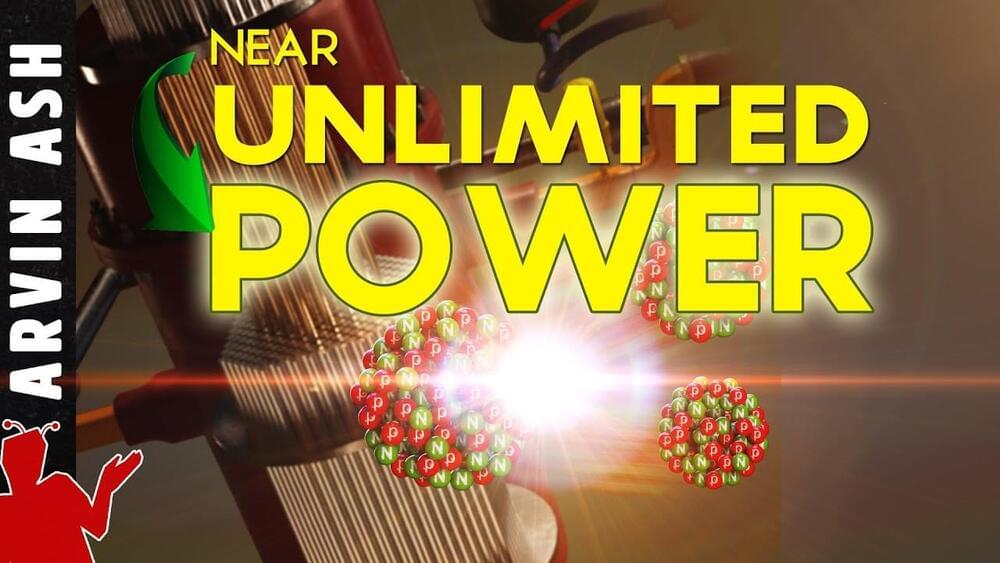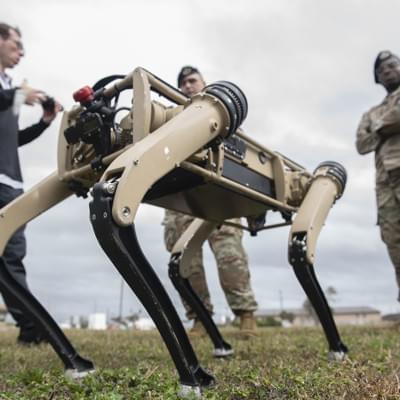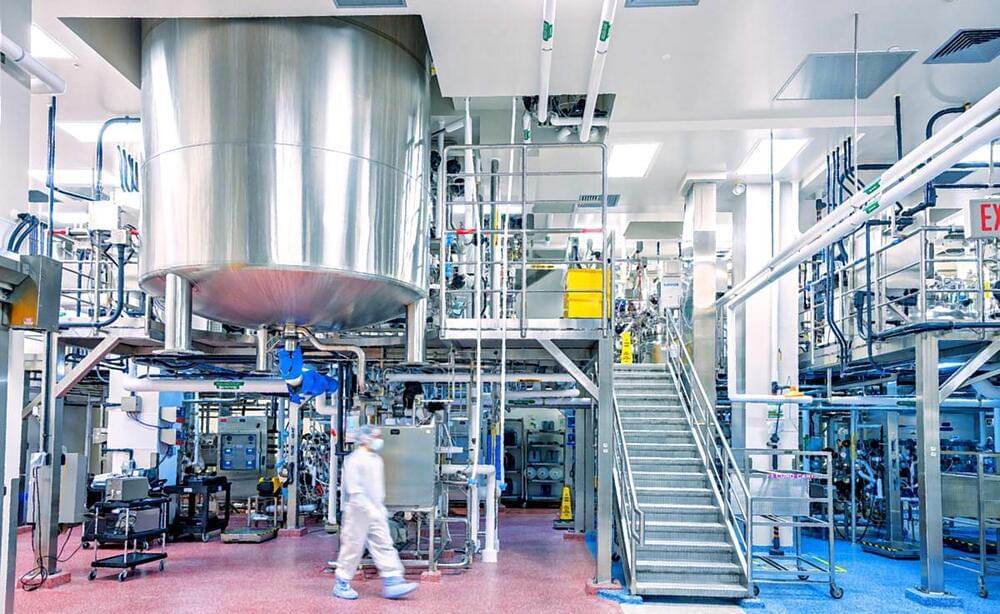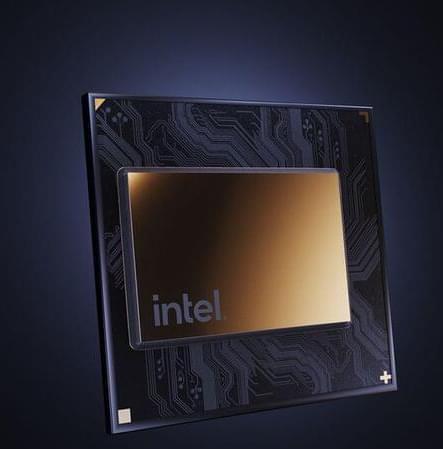As long as humans have built machines, we’ve feared the day they could destroy us. Stephen Hawking famously warned that AI could spell an end to civilization. But to many AI researchers, these conversations feel unmoored. It’s not that they don’t fear AI running amok—it’s that they see it already happening, just not in the ways most people would expect.
AI is now screening job candidates, diagnosing disease, and identifying criminal suspects. But instead of making these decisions more efficient or fair, it’s often perpetuating the biases of the humans on whose decisions it was trained.









